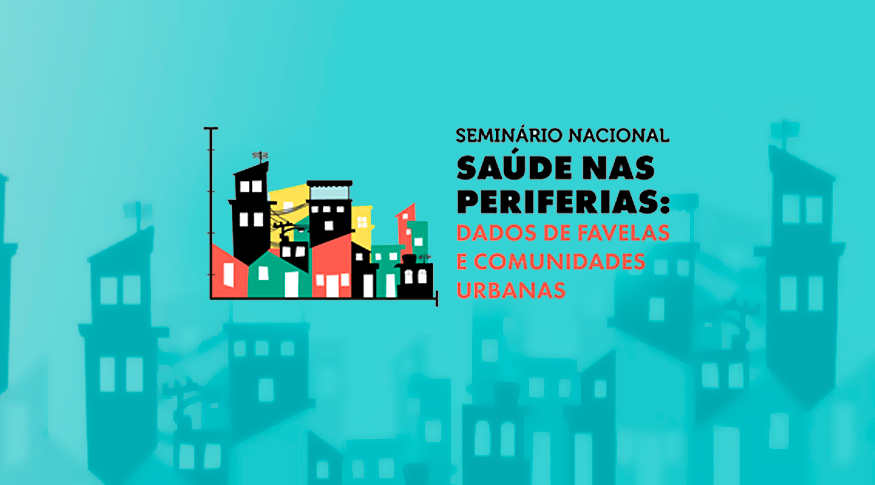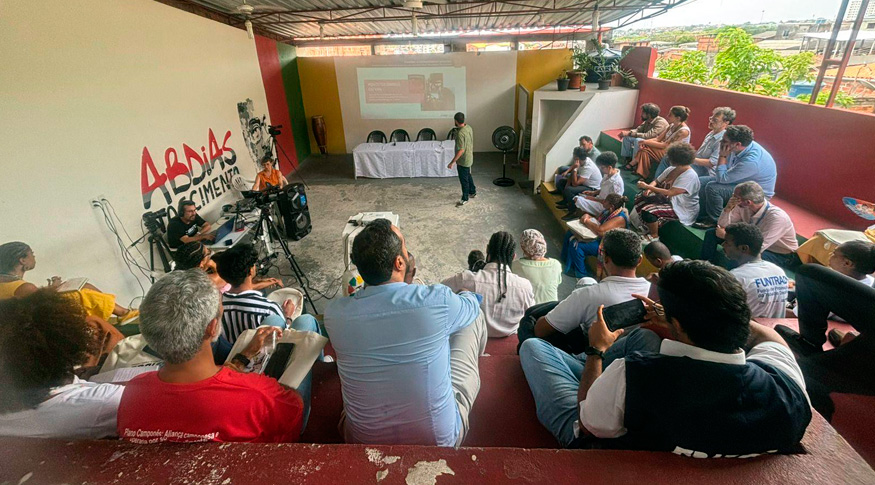Data collection application for Census of Agriculture 2017 will follow enumerators in real time
July 19, 2017 05h05 PM | Last Updated: September 04, 2017 10h05 AM
The data collection application for the Census of Agriculture 2017, whose questionnaires begin to be applied on October 1st, brings a new feature: digital visualization in real time. The device displays the image of the enumeration area, the position of the enumerator in the field and the addresses where he has to go. It will be also possible to detect new establishments and register them. In order to ensure that the information will be collected in the right enumeration area, the system, developed by the IBGE´s Directorate of Data Processing, will not allow the questionnaire to be open out of the proper place.
Aside from easing up the work of the enumerators, who will locate themselves on the map in a more practical way, the new system will also improve data edition, a kind of quality control of the information that arrives in the IBGE. As soon as the enumerator collects the information, the data begin to be transmitted and checked.
"In the last Census, I had to wait the questionnaires to arrive and be typed to start to see the result of what was collected. If there was any failure in the coverage, it would be perceived nearly one year later. Now it is possible to follow up virtually in real time", explained Antônio Florido, manager of the Census of Agriculture.
Geo-referencing data collection in Census of Agriculture
The innovation in the data collection of the Census of Agriculture 2017 was only possible due to the geo-referencing of the rural addresses. Geo-referencing is the process of relating data in a system of ego-spatial coordinates, allowing to view, process and query them in relation to other geographic data.
Nonetheless, geo-referencing is not new to the IBGE. In an analogical way, the Census of Agriculture 1950 located the rural establishments on the map, i.e., geo-referenced them: "When collecting data in the rural enumeration areas, each enumerator should register the position of the rural properties on the map of the enumeration area." (Orientations for data collection in the Census of Agriculture 1950)
Literally speaking, the enumerator had to mark on the paper map the enumeration area in which he/she was in. From the census operations in 2007 (Census of Agriculture and Population Count) onwards, the geo-referencing accuracy gained a qualitative improvement: the coordinates of the rural addresses started to be registered through the GPS feature of the data collection application.
"Geo-referencing in rural areas is very important in order to return to the informant, since the coordinate is actually the address in the rural areas", explains Florido. Gathering the addresses registered as coordinates in 2007 and the agricultural establishments detected in the 2010 Population Census, the Census of Agriculture 2017 will go live with a previous list of addresses in the rural areas for the first time ever, ensuring the coverage of the data collection.
Besides the improvement of the data collection, geo-referencing the rural addresses with coordinates allows the creation of new parts of the territory. "I can define any field of study, river micro-basins for example. I could not do this with a written address as before", states Florido.
Investigation will encompass more than 5 million rural establishments
The 10th IBGE´s Census of Agriculture will go live on October 1st, 2017. Along five months, the enumerators will visit more than 5 million agricultural establishments all over the country, raising information on the land, production, characteristics of the rural workers and use of irrigation and pesticides, among other subjects. The role of the family farming in the agricultural production in Brazil will be investigated once again. The results of the Census of Agriculture 2017 should be initially released in mid-2018.
Text: Irene Gomes
Image: ALOS satellite. Composition 321 in rgB of the aVNir sensor. Orbit 09036, frame 3930 Note: Example of the intensive use of water resources, including the construction of small dams, to feed the central pivot sprinkler irrigation system in crops of potatoes, wheat, corn, coffee and garlic, in the municipality of Cristalina (GO)




















